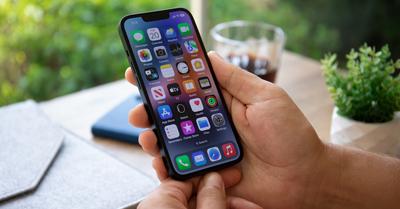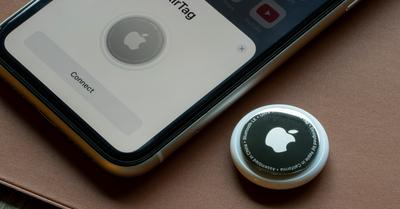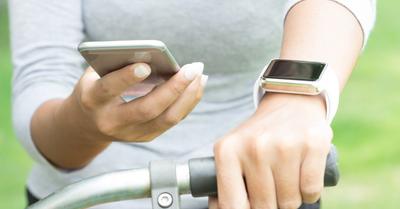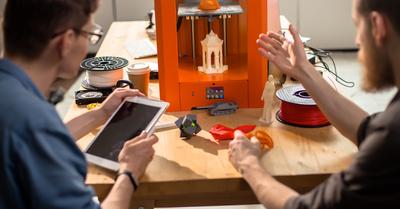Table of Contents
Clean up Miscellenious Files From Apps
Manually cleaning up miscellaneous files can be a necessity when a miscellaneous file cleaner is hard to install due to storage problems. To remove miscellaneous files from your device, you need to follow the steps below:
- Open settings - This can be done by tapping the gears icon on the home page or swiping down on the menu and tapping the single gear.
- Go to the Apps section - In some android systems, you can search and open apps. In others, you need to scroll down until you see it.
- Scroll to an app you use regularly - The more often you use an app, the fresher and bulkier its respective 'miscellaneous files' folder will be.
- Navigate to Storage - Here, you will find two options. Delete data and Delete cache.
- Tap Remove Cache - When you remove the cache, the unnecessary files stored by the app get deleted.
- Repeat the process - You can repeat this process with all the apps, but usually, the top five used apps, especially ones that show pictures, have the heaviest cache.
Deleting Data vs. Removing Cache
You can delete app data, remove cache, or clean up miscellaneous files. Each step helps make space on your phone. But the choice you make affects the data you retain. That’s why you should back up your files no matter which option you choose to clean up your device’s storage.
The cache of different apps is a major contributor to a phone’s miscellaneous file content. But the data stored in apps can be categorized as miscellaneous files as well. Clearing cache is relatively safer because “app data” is comparatively more important.
Removing the cache can make the app take longer to load the next time you open it. In contrast, deleting the app data would restore the app to its 'just installed status.' This would remove all preferences, settings, and passwords and log you out of the app. Focus on cleaning up the cache.
How Cleaning Up Miscellaneous Files Affects Your Phone
When you delete miscellaneous files on your device by removing cache only, you remove the non-essential files that your most-used apps had saved on your phone. These files help the apps load quickly.
Let's take the example of Instagram. If you open Instagram, even after putting your phone on Airplane mode (removing all connectivity), it will have photos on your feed. These photos are already saved on your device.
When you delete miscellaneous files, you remove this data from the device. After that, opening any app would require a little more time for it to resave the data they need to function.
What Happens to Cache if You Don’t Clear It
When you don't clear the cache of apps you use more often, the files accumulate until they reach a pre-set threshold. This limit is often programmed into the app, and upon crossing it, the cache is refreshed, with the older data being removed.
Let's take the example of the email app. It usually stores the main email feed that includes the subject and the recipient information. It also stores the emails you've previously opened. But if you try to fetch an email from the last year, there will be a noticeable loading time because those emails were once in the cache but have been removed.
Why Old Phones Get Slow
Miscellaneous files affect your phone and your parents' phones differently unless you have the exact same model. That's because the apps on your phone have a limit at which they automatically delete the cache. But since these apps are being updated all the time, the limit gets updated to match the disk capacity of new phones.
Older phones have comparatively low disk capacity, which leads to the files getting accumulated very quickly. As you might have noticed, removing cache from each app can be very tedious. Fortunately, there is a way to remove cache from all files.
How to clean up miscellaneous files with a cache cleaner app.
- Visit the Playstore - This might be the App Gallery for Huwaei android phones.
- Search a trusted cache cleaner app - Avast CleanUp and Nox Cleaner are two clean-up apps backed by well-known tech companies.
- Download and Install the app - This process is straightforward. The app will automatically install once you download it.
- Open the app and clear cache - Once you open one of these apps, the on-screen menu will guide you how on how to delete miscellaneous files.
What to Know Before Using Clean-up Apps
When you use clean-up apps to clear cache en masse or delete useless files, you might accidentally delete files you intended to keep. Automatic options can sometimes delete files that help apps operate and can make them dysfunctional.
There are two ways to avoid this. The first is to keep the clean-up confined to the app cache and avoid deep-cleaning options. The other option is to backup your phone. The advantage of clearing the cache only is that essential files aren't at risk, to begin with.
But sometimes, clearing the cache doesn't cut it. On the other hand, cleaning up other files can be a threat to your apps' functionality and precious memories in your gallery. But backing up the phone can be time-consuming. Overall, backing up your phone is the better choice, and here's how you can do it.
How to Back up an Android Smartphone
To back up an Android smartphone, you need to set up your backup drive via Google One, then go to backup settings and tap backup now. This starts the backup process, which can take over an hour to finish.
Setting up your backup preferences can be broken down into the following steps:
- Find Google One - This is in the Google folder or the app list. It is signified by an icon with the digit 1 in Google colors
- Tap Storage - The storage option is right at the top.
- Go to Device Backup - For most systems, you need to scroll down until you see 'Device Backup.'
- Tap Set Up Backup Data - Once you tap this, you can add the exact Gdrive folder to back up your data to.
Once the backup preferences are set up, you can follow the steps below to force an immediate backup.
- Open the device Settings by tapping the gears icon.
- Go to Device Back Up
- Tap Back Up Settings
- Tap Manage Back Up
- Press 'Backup Now' to initiate the backup process.
Recent Articles



















